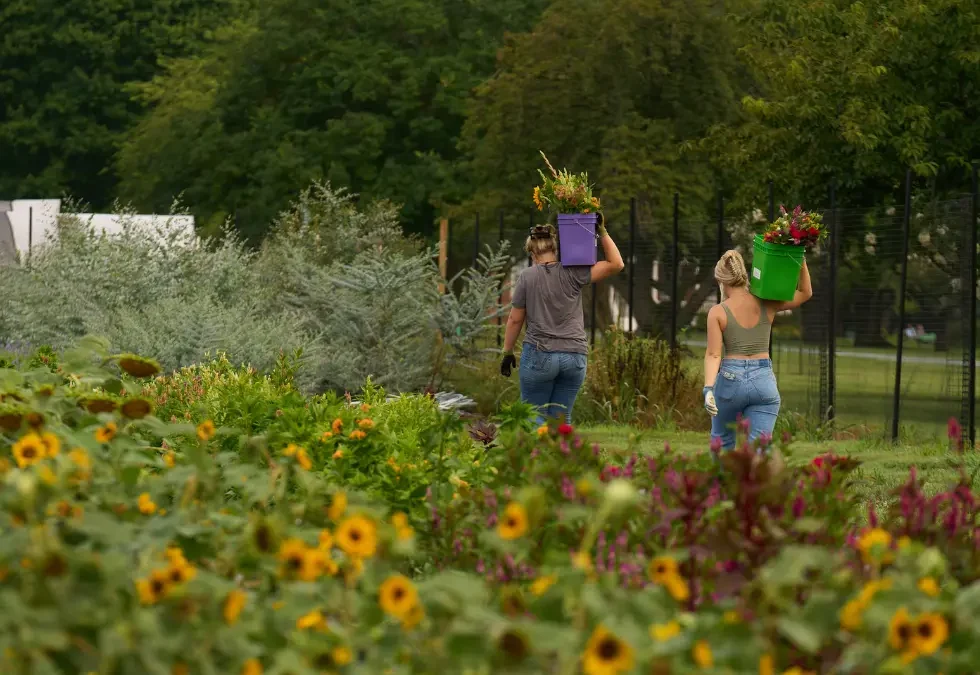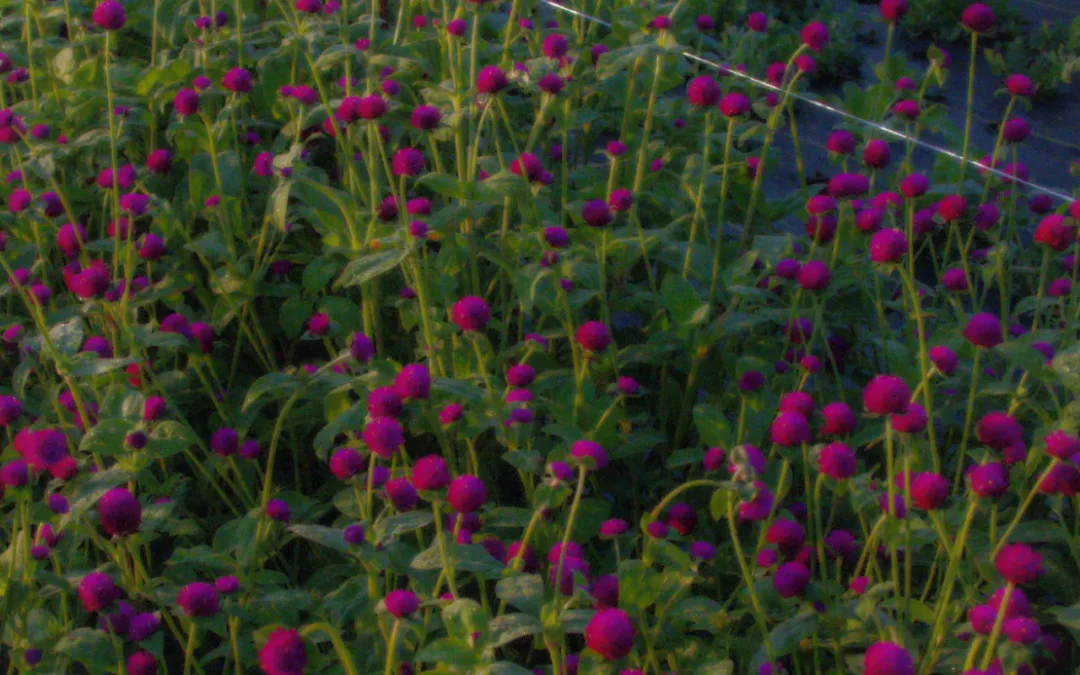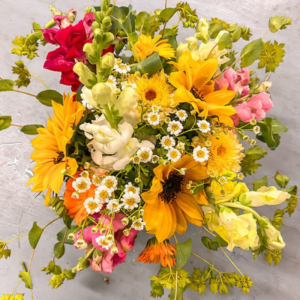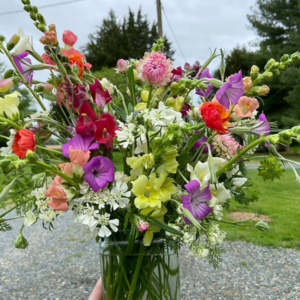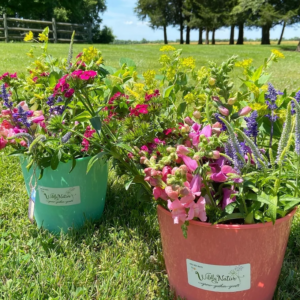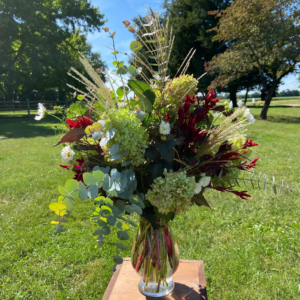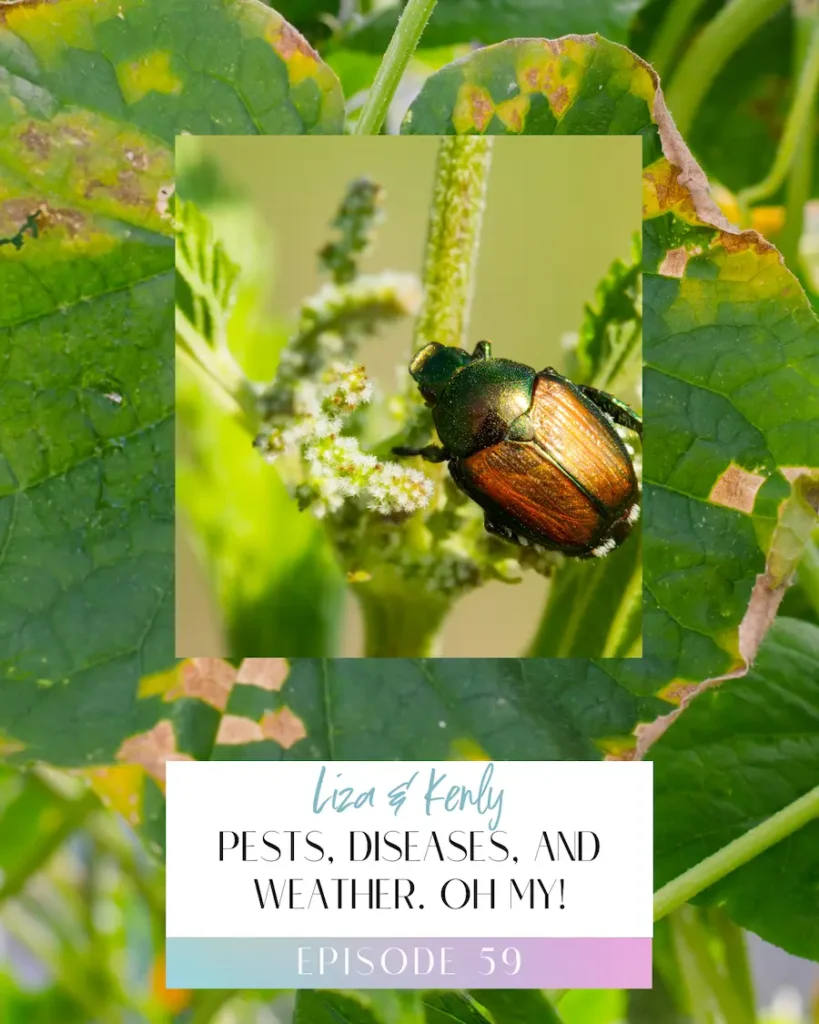
Battling Bugs, Blights & Bad Weather—A Flower Farmer’s Survival Guide
At Wildly Native Flower Farm, we know that growing flowers is more than just planting seeds—it’s an ongoing battle with pests, diseases, and unpredictable weather. In Episode 59 of The Flower Files, Liza and Kenly take you deep into the realities of flower farming during the toughest times of the season. From sap-sucking aphids to wind so wild it shuts down bridges, this episode is packed with practical advice, real-life stories, and a whole lot of flower farming grit.
The Trifecta of Flower Farming Challenges: Pests, Diseases, and Weather
Whether you’re a backyard grower or a full-scale farmer, you’ll eventually face what we lovingly call the trifecta: pests, diseases, and weather.
1. Pests
From aphids and thrips to Japanese beetles and even deer, pests come in all shapes and sizes. Aphids, described as the “vampires of the garden,” drain plant sap and leave sticky residue that leads to mold. Thrips are small but mighty, creating streaked petals and spreading disease. Liza and Kenly share how natural sprays, sticky traps, and even a “paintbrush herbicide” approach help keep invasive weeds and bugs at bay.
2. Diseases
Rust, powdery mildew, and botrytis are just a few diseases that can sneak in and take down entire crops. Strategic planting, smart irrigation, and careful crop rotation are the best defense. Don’t forget: never compost diseased plants—it’s not worth the risk.
3. Weather
If pests and diseases weren’t enough, Mother Nature brings wind, drought, and unexpected frost. Liza and Kenly share their experiences with hoop houses, frost cloths, and even DIY tricks to protect delicate blooms. Sometimes it’s burlap at midnight to guard against gales—flower farming isn’t for the faint of heart.
Practical Tips from the Field
- Daily monitoring is essential: Check your plants like they’re your babies.
- Act early and organically: Insecticidal soaps, neem oil, and strategic watering go a long way.
- Leverage natural predators: Ladybugs and lacewings are allies.
- Use crop rotation: Especially for disease-prone varieties like snapdragons and zinnias.
- Build in weather flexibility: Netting, stringing, and hoop houses are your friends.
- Don’t overlook four-legged pests: Deer, rabbits, and even foxes can wreak havoc.
The Bigger Picture
Even with all the chaos, flower farming is worth it. Every season brings new lessons and opportunities to do better. Whether it’s refining irrigation techniques, experimenting with molasses sprays, or adjusting crop timing based on long-range forecasts, resilience and adaptability are at the heart of the journey.


